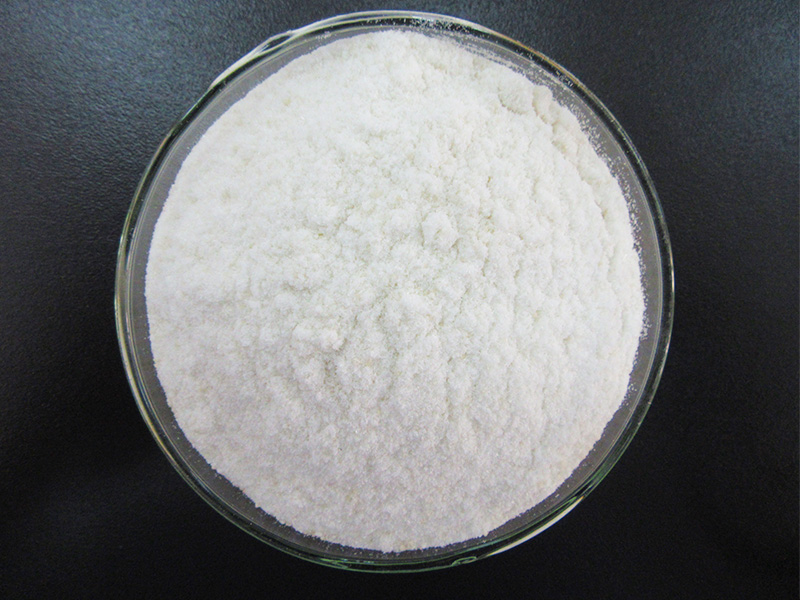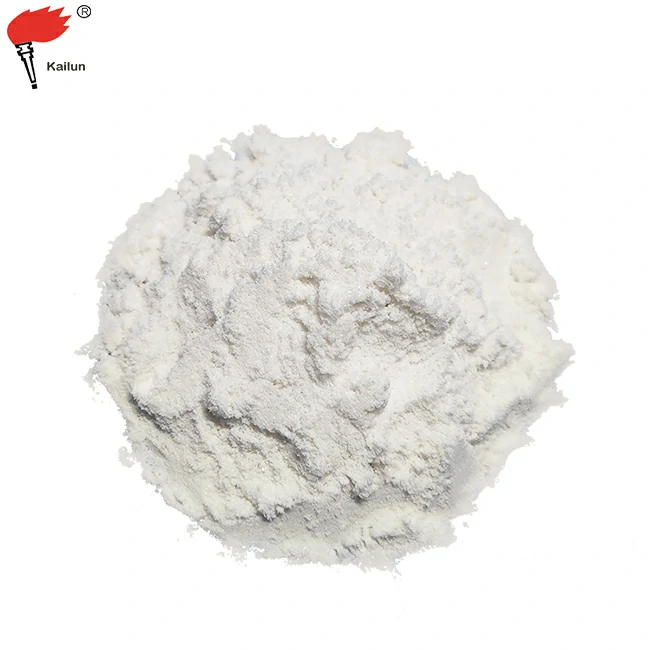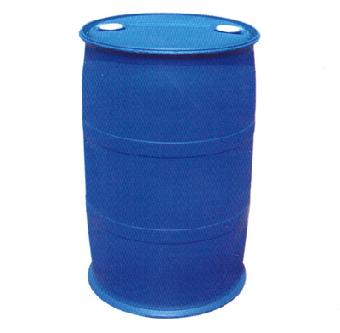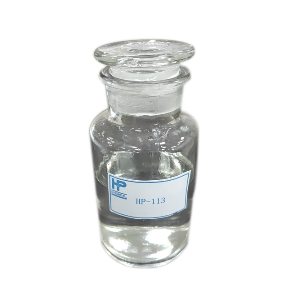Antioxidant
Other Auxiliary Agent
Petroleum Additives
Adsorbent
Water Treatment Chemicals
Rubber Additives
Adhesive Additives
Cross-Linking Agent
Flame Retardants
UV Absorbers
Organic Extractant
Resin Additives
Electronics Chemicals
Pesticide Additives
Building Chemicals
Plastic Additives
Oilfield Chemicals
Adhesive
Plastic Rubber Chemicals
Paper Additives
Molecular Sieve
Coating Additives
Textile Auxiliaries
Fluorescent Brightener
Polyethylene Glycol Derivatives
Coupling
Forest Chemicals
Leather Auxiliary Agents
Beneficiation Agents and Smelting Additives
Dye Auxiliaries
CAS:17354-14-2
Molecular Formula:C22H26N2O2
Alias
More Information
Solvent Blue B; Sudan Blue II; 1,4-Bis(Butylamino)Anthracene-9,10-Dione; S.B35; Abcolblueb; C.I.Solventblue35; Sudan Blue Ii, For Microscopy; Transparent Blue B; Liquid Solvent Blue; Oil Blue 35; 9,10-Anthracenedione, 1,4-Bis(Butylamino)-; Transparent blue 2N
Brief Introduction
Used for coloring all kinds of plastics and polyester fiber pulp; Used for coloring various plastics, polyester and fibers before spinning; Used for coloring ABS, PC, hips, PMMS and other resins
Suppliers
View More Vendors (2) >
CAS:17796-82-6
Molecular Formula:C14H15NO2S
Alias
More Information
N-(Cyclohexylthio)Phthalimide; 2-(Cyclohexylthio)Isoindoline-1,3-Dione; 1H-Isoindole-1,3(2H)-Dione, 2-(Cyclohexylthio)-; 2-Cyclohexylsulfanylisoindole-1,3-Dione; Cyclohexyl N-Phthalimidyl Sulfide; Santogard PVI; 2-(Cyclohexylsulfanyl)-2,3-Dihydro-1H-Isoindole-1,3-Dione; Santogard PVI-DS; N-Cyclohexylsulfenylphthalimide; Phthalimide, N-(Cyclohexylthio)-; 2-(Cyclohexylthio)-1H-Isoindole-1,3(2H)-Dione; 2-(Cyclohexylthio)Isoindole-1,3-Dione; 2-(Cyclohexylthio)Isoindoline-1,3-Quinone; 2-(Cyclohexylsulfanyl)-1H-Isoindole-1,3(2H)-Dione; Vantard PVI; Santogard(R) PVI; Santogard(R) PVI 50; N-(Cyclohexylthio)Phtalimide; N-Cyclohexy(thio)Phthalimide; Antiscorching Agent CTP; N-Cyclohexylsulfanyl-Phthalimide; CTPI; Duslin P; pvi
Brief Introduction
This product is mainly used for natural rubber and synthetic rubber, especially when combined with hyposulfonamide accelerators to form a good vulcanization system. It is a very effective anti coking agent.
简化分子线性输入规范(SMILES)
C1CCC(CC1)SN2C(=O)C3=CC=CC=C3C2=O
分子式
C14H15NO2S
分子量
261.33900
精确质量
261.08200
PSA
62.68000
logP
3.20140
Suppliers
View More Vendors (2) >
CAS:2031-67-6
Molecular Formula:C7H18O3Si
Alias
More Information
Mtes; Triethoxymethylsilane; Dynasylan Mtes; Triethoxy(Methyl)Silane
Brief Introduction
It is used in rubber, medicine and organic silicon. This product is an important raw material for the production of silicone resin, benzyl silicone oil and waterproof agent. At the same time, it is easy to hydrolyze and can form alkali metal silicate alkoxide with alkali metal hydroxide. It can also be used as a crosslinking agent for RTV silicone rubber.
Suppliers
View More Vendors (2) >
CAS:21282-97-3
Molecular Formula:C10H14O5
Alias
More Information
2-(Methacryloyloxy)Ethyl Acetoacetate; Acetoacetoxyethyl Methacrylate; 2-(Acetoacetoxy)Ethyl Methacrylate; 2-[Methacryloyloxy]Ethyl Acetoacetate; 2-((2-Methyl-1-Oxoallyl)Oxy)Ethyl Acetoacetate; 2-[(2-Methylprop-2-Enoyl)Oxy]Ethyl 3-Oxobutanoate; Butanoic Acid, 3-Oxo-, 2-[(2-Methyl-1-Oxo-2-Propen-1-Yl)Oxy]Ethyl Ester
Brief Introduction
This product is mainly used for low VOC solvent coating resin to reduce its viscosity, improve the elasticity and toughness of the coating, reduce the glass transition temperature, and have excellent elasticity and corrosion resistance. It reacts with common crosslinking agents, such as melamine and isocyanate, and forms a film at room temperature. The reaction is better controlled and the product performance is better.
Suppliers
View More Vendors (2) >
CAS:21850-44-2
Molecular Formula:C21H20Br8O2
Alias
More Information
Bddp; 2,2-Bis[3,5-Dibromo-4-(2,3-Dibromopropoxy)Phenyl]Propane; Bisdibromodibromopropoxyphenylpropane; Octabromoether; Tetrabromobisphenol A Bis(2,3-Dibromopropyl) Ether; Tetrabromobisphenol A Dibromoprop; Tetrabromobisphenol A Dibromopropyl Ether; 4,4'-Isopropylidenebis(2,6-Dibromophenyl 2,3-Dibromopropyl Ether)
Brief Introduction
It is a good flame retardant for olefin resin. It is mainly used for polypropylene, polypropylene fiber, styrene butadiene rubber, cis-1,4-polybutadiene rubber, etc. with remarkable flame retardant effect
Suppliers
View More Vendors (2) >
Inquiry (
10
/ 10
)
Clear All
Sign In
Error!








![2,2-Bis[3,5-Dibromo-4-(2,3-Dibromopropoxy)Phenyl]Propane](https://res.chemball.com/upload2/38b5f868-d1d9-4a19-b0fd-f94ebe38bf2b.jpg)
![2,2-Bis[3,5-Dibromo-4-(2,3-Dibromopropoxy)Phenyl]Propane](https://res.chemball.com/upload2/58fbafa5-944d-4943-a347-6cd48549d2c7.jpg)